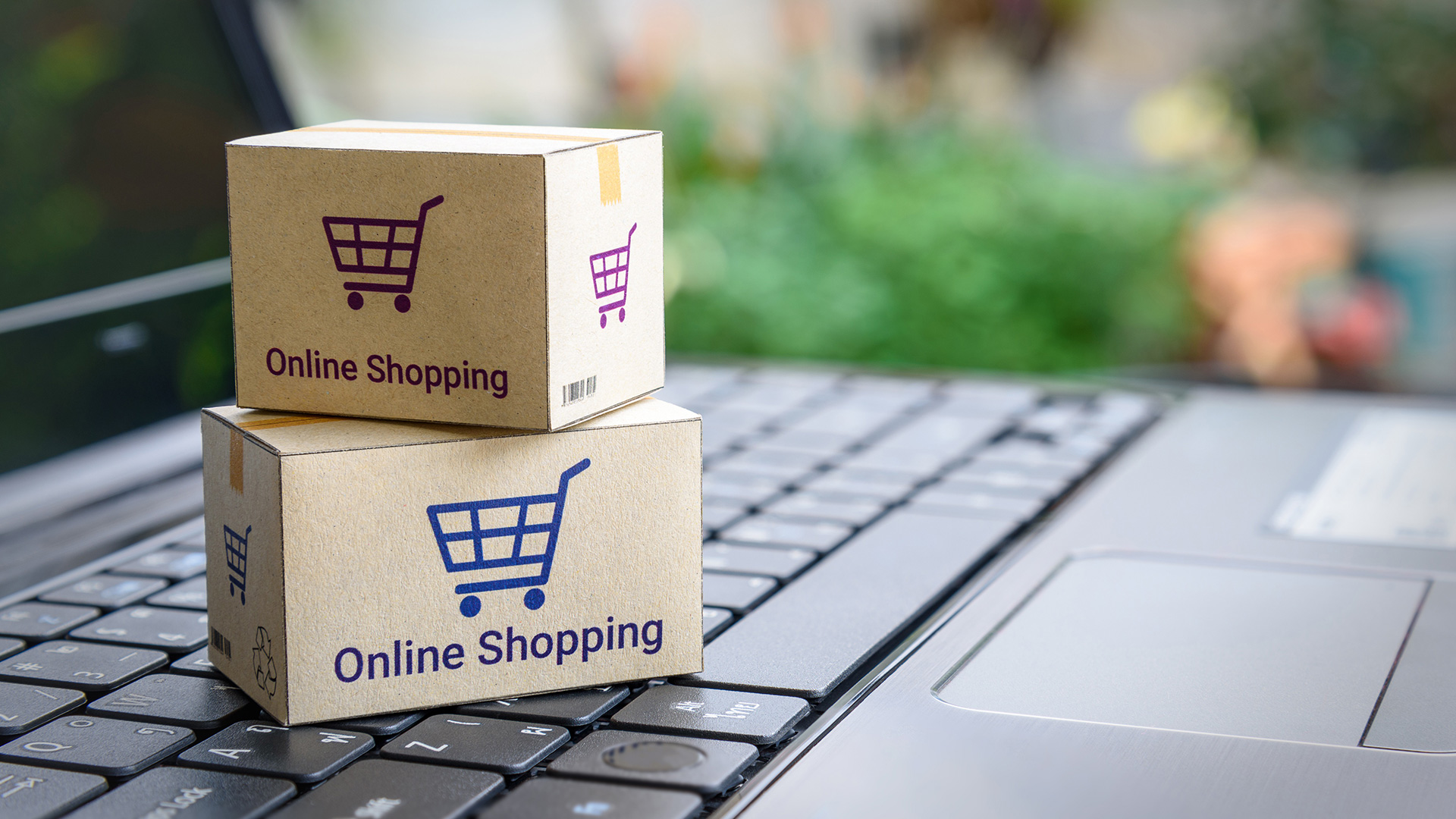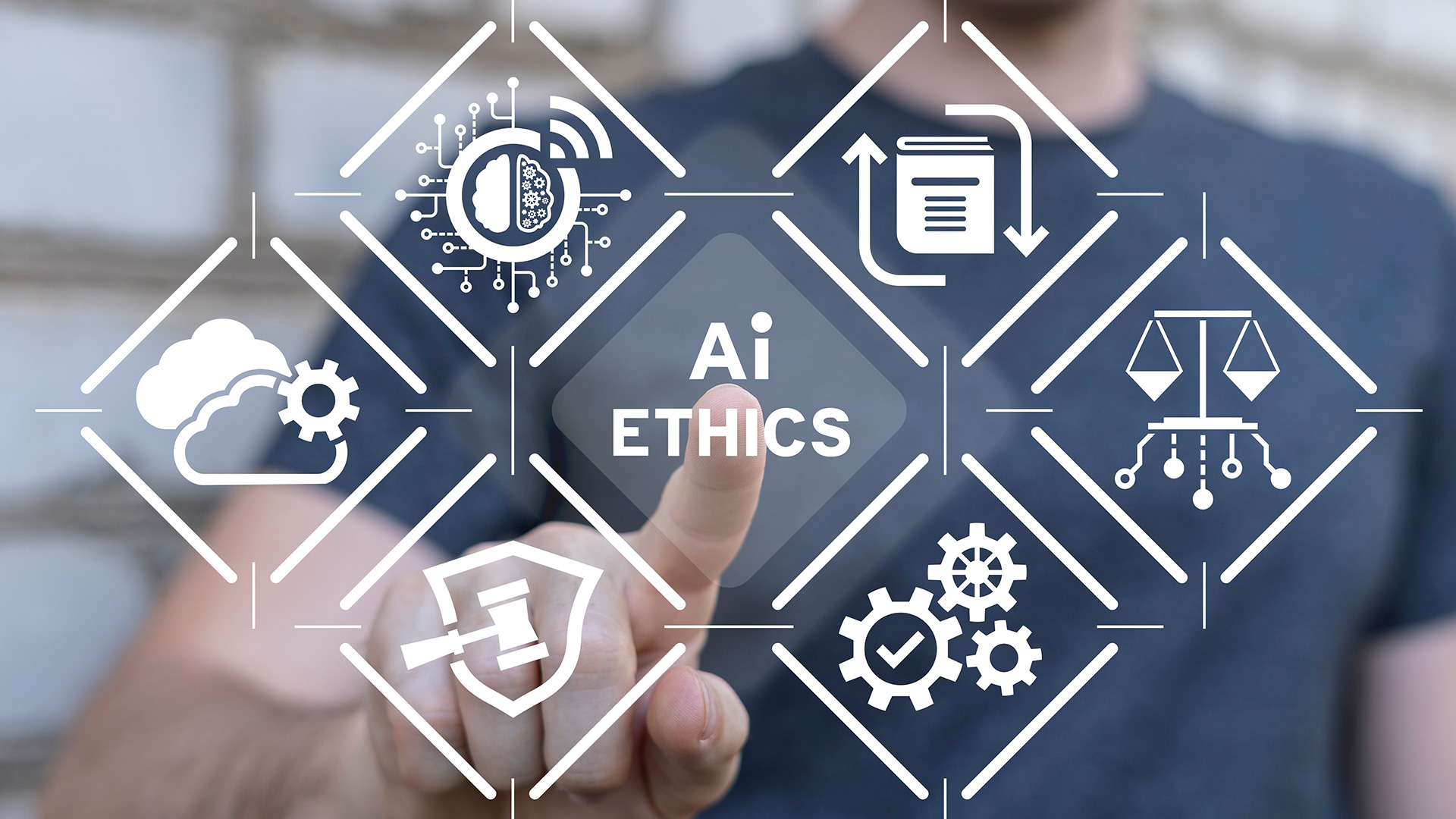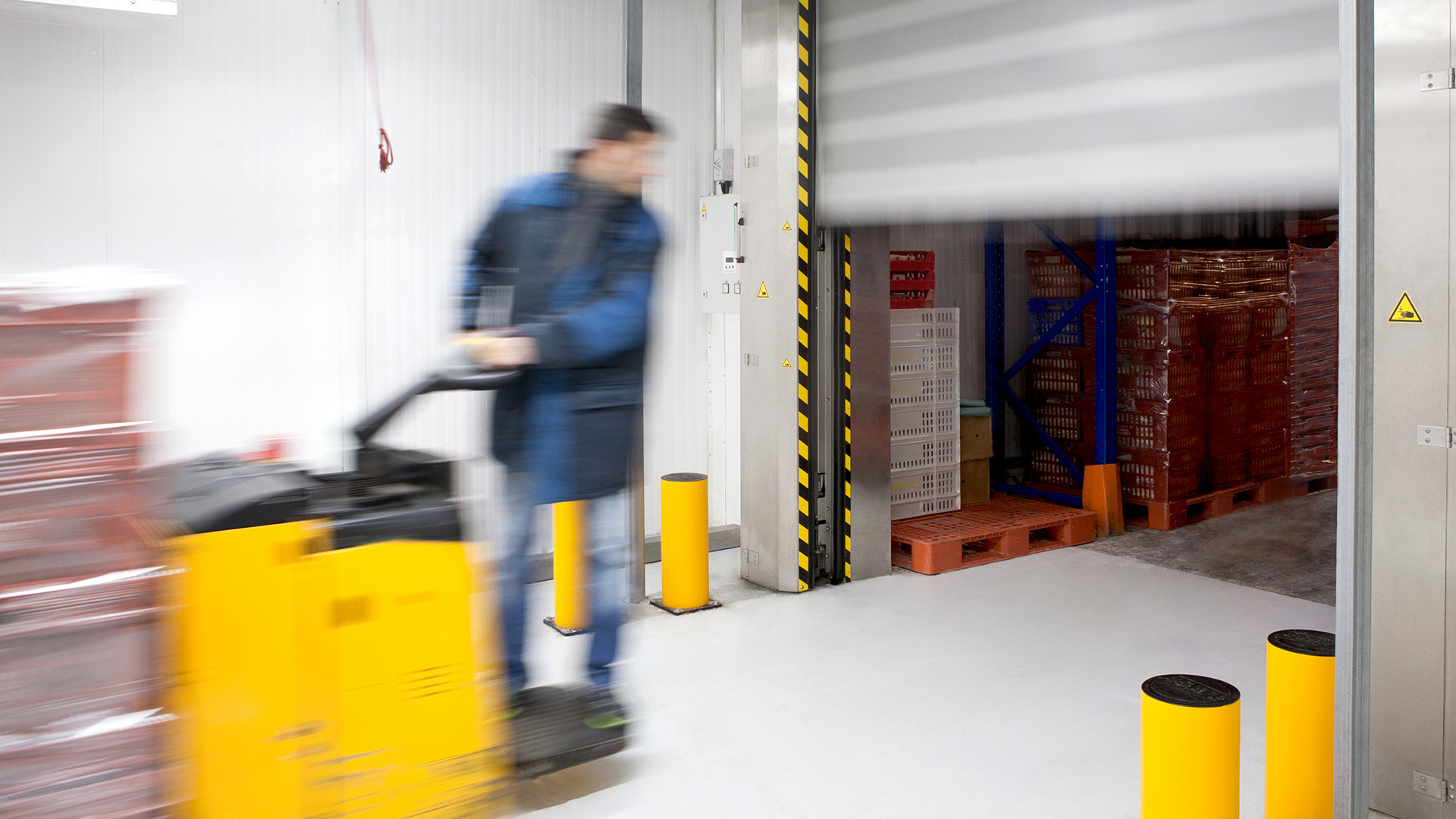How New Technologies Are Reshaping Customer Expectations in Logistics
- 19 March 2025
- 10 min to read
- 432 views

It wasn’t too long ago that customers were satisfied with estimated delivery times spanning several days. They would track their packages by calling a customer service line and hoping for an update that wasn’t too vague. Today, that level of service would be unacceptable. Customers now expect real-time tracking, flexible delivery options, and, above all, speed. But how did we get here?
Technology is moving faster than ever, and so are customer expectations. Companies are no longer just delivering packages—they are delivering experiences. Logistics providers that fail to embrace innovation risk losing customers to competitors that do. From AI-driven forecasting to blockchain-enhanced transparency, let’s explore the tech shaping modern logistics and what it means for the businesses navigating these changes.
The Internet of Things and Real-Time Visibility
Remember the days when a delivery update was just "Out for delivery"? Today, logistics companies are integrating IoT devices into their supply chains to provide real-time tracking with exact locations, temperature monitoring, and estimated arrival times that actually mean something. These connected devices are changing how customers interact with logistics services.
For businesses shipping perishable or high-value goods, IoT sensors are a game-changer. If a temperature-sensitive shipment is at risk due to unforeseen delays, IoT alerts can trigger automatic rerouting. DHL and FedEx have both been implementing IoT solutions to ensure better package security and transparency, while Amazon has taken it a step further with AI-driven logistics predictions to improve delivery accuracy. For customers, this means fewer surprises and more trust in the process.
More Than Just Crypto Hype
If you thought blockchain was only for Bitcoin traders, think again. The logistics industry is using this technology to create tamper-proof digital records that increase transparency. When a package moves through multiple checkpoints, from warehouses to customs and final delivery, blockchain ensures that every step is documented and verifiable.
This is especially valuable in cross-border shipping, where delays and disputes over missing paperwork are common. Maersk and IBM’s TradeLens platform, which was one of the first large-scale blockchain logistics initiatives, showed how secure, real-time data sharing could improve efficiency. While TradeLens itself was recently discontinued, the industry isn’t giving up on blockchain—it’s evolving towards more specialized use cases, ensuring that global supply chains remain accountable and efficient.
Efficiency at a Whole New Level
Walk into a modern warehouse, and you’ll see fewer workers walking long distances between shelves. Instead, you’ll find fleets of robots picking, sorting, and even packaging products. Companies like Ocado, an online grocery retailer, have fully automated their fulfillment centers, using AI-powered robots to complete tasks in seconds that would take humans minutes.
This automation doesn’t just improve speed; it enhances accuracy and reduces human error. For customers, this means fewer missing items, fewer mistakes, and a higher likelihood of receiving exactly what they ordered. The biggest impact? Faster order processing, which makes same-day and next-day deliveries possible.
Of course, this does bring up the age-old fear of "robots taking jobs." But let’s be honest—no one truly misses lifting heavy crates all day. Instead, logistics jobs are shifting toward roles focused on managing, maintaining, and optimizing these robotic systems.
The Future or Just a Cool Experiment?
The idea of drones delivering packages straight to your doorstep sounds like something out of a sci-fi movie, but it’s happening. Amazon Prime Air, Wing (owned by Alphabet), and even Walmart have started experimenting with drone deliveries. These flying couriers have already been deployed in select locations, reducing last-mile delivery times to mere minutes.
On the ground, autonomous delivery trucks are also being tested. Companies like Tesla, Waymo, and Einride are working on self-driving logistics solutions that could revolutionize freight transport. While regulatory challenges still stand in the way of widespread adoption, the potential for lower costs and faster deliveries is undeniable.
Are we about to see an army of robots and drones taking over last-mile delivery? Not quite yet. But as companies refine these technologies and regulations catch up, it’s only a matter of time before seeing a drone carrying a pizza or a package becomes as normal as spotting a delivery van.
Anticipating What Customers Want
AI is making logistics smarter in ways customers don’t even realize. Have you ever noticed how some retailers seem to know what you need before you do? That’s predictive analytics at work. AI models analyze shopping patterns, weather conditions, and even traffic data to anticipate demand and optimize delivery routes.
Retail giants like Amazon and Alibaba use AI to predict when a customer is likely to place an order, allowing them to pre-position stock in nearby warehouses. This means that by the time you click "buy," your item might already be in transit. This level of precision not only speeds up deliveries but also reduces unnecessary transportation, making logistics more efficient and sustainable.
The Green Revolution Customers Expect
Sustainability is no longer just a nice-to-have—it’s a demand. Consumers are increasingly making purchasing decisions based on a company's environmental impact. In response, logistics providers are investing in electric delivery vans, carbon-neutral warehouses, and alternative fuels.
DHL, for example, has committed to operating at least 70% of its first-mile and last-mile delivery with clean transport modes by 2025. Meanwhile, companies like UPS and FedEx are rolling out electric vehicle fleets to cut emissions. Even packaging is getting an eco-friendly upgrade, with some brands switching to biodegradable and reusable materials.
Customers appreciate these efforts, but they also have high expectations. A recent survey found that 57% of consumers are willing to pay extra for sustainable delivery options. That means logistics companies not only have an environmental responsibility but also a business case for going green.
The Future is Fast, Transparent, and Green
The logistics industry is at a turning point. Customers no longer just want their packages delivered—they want control, visibility, and eco-friendly options. And let’s be honest, they also want it fast.
Businesses that invest in smart logistics solutions, from IoT tracking to AI-powered forecasting, will not only meet customer expectations but exceed them. Those that fail to adapt will find themselves left behind, watching competitors take the lead.
So, what’s next? If we’ve learned anything from the past decade, it’s that logistics will keep evolving. Maybe in a few years, we won’t just be tracking packages—we’ll be tracking them as they arrive by drone, on an electric self-driving vehicle, delivered in eco-friendly packaging. And when that happens, we’ll look back at today’s logistics innovations and wonder how we ever lived without them.
For more insights on logistics trends and innovations, visit Meest International’s blog.




